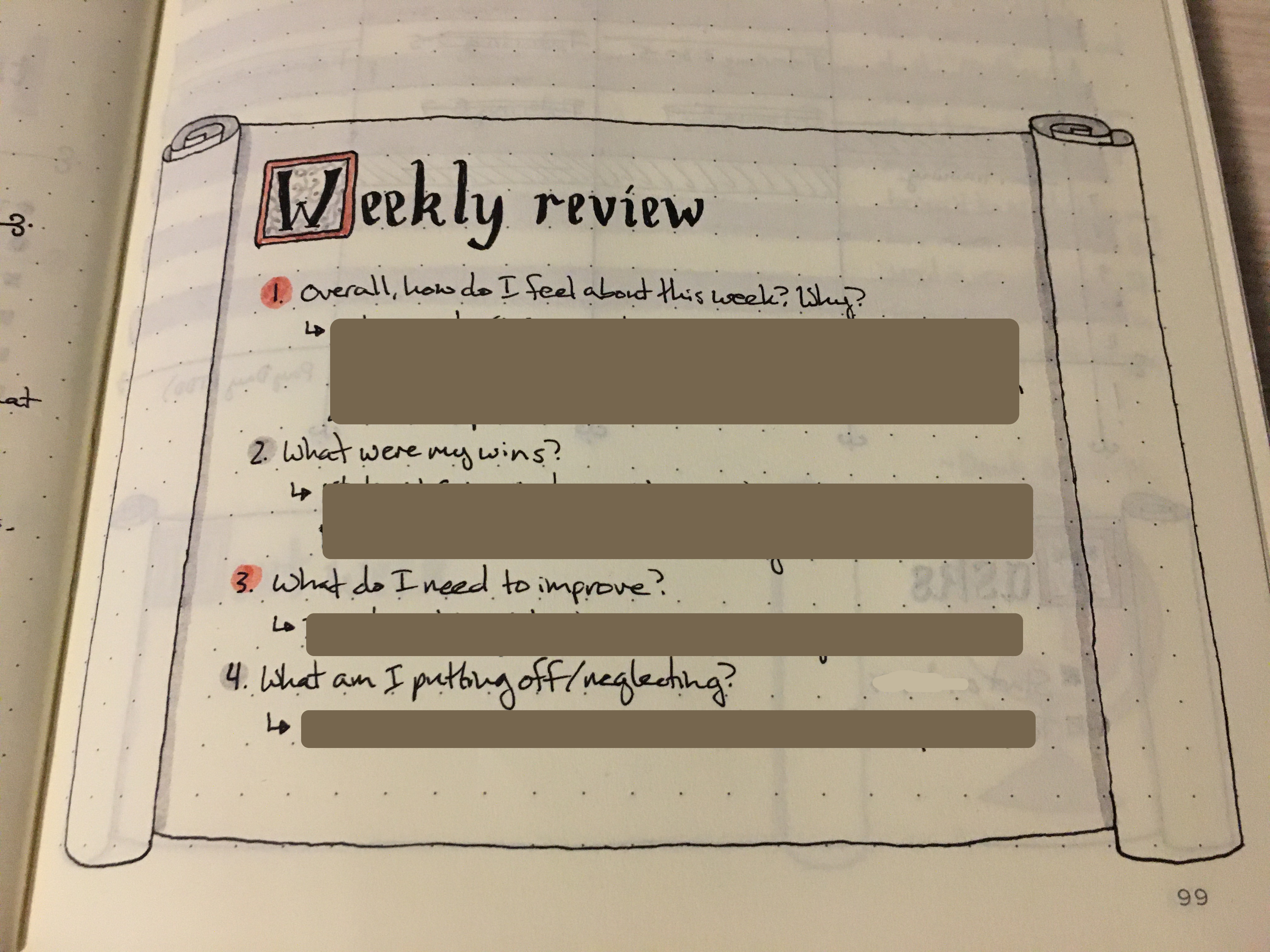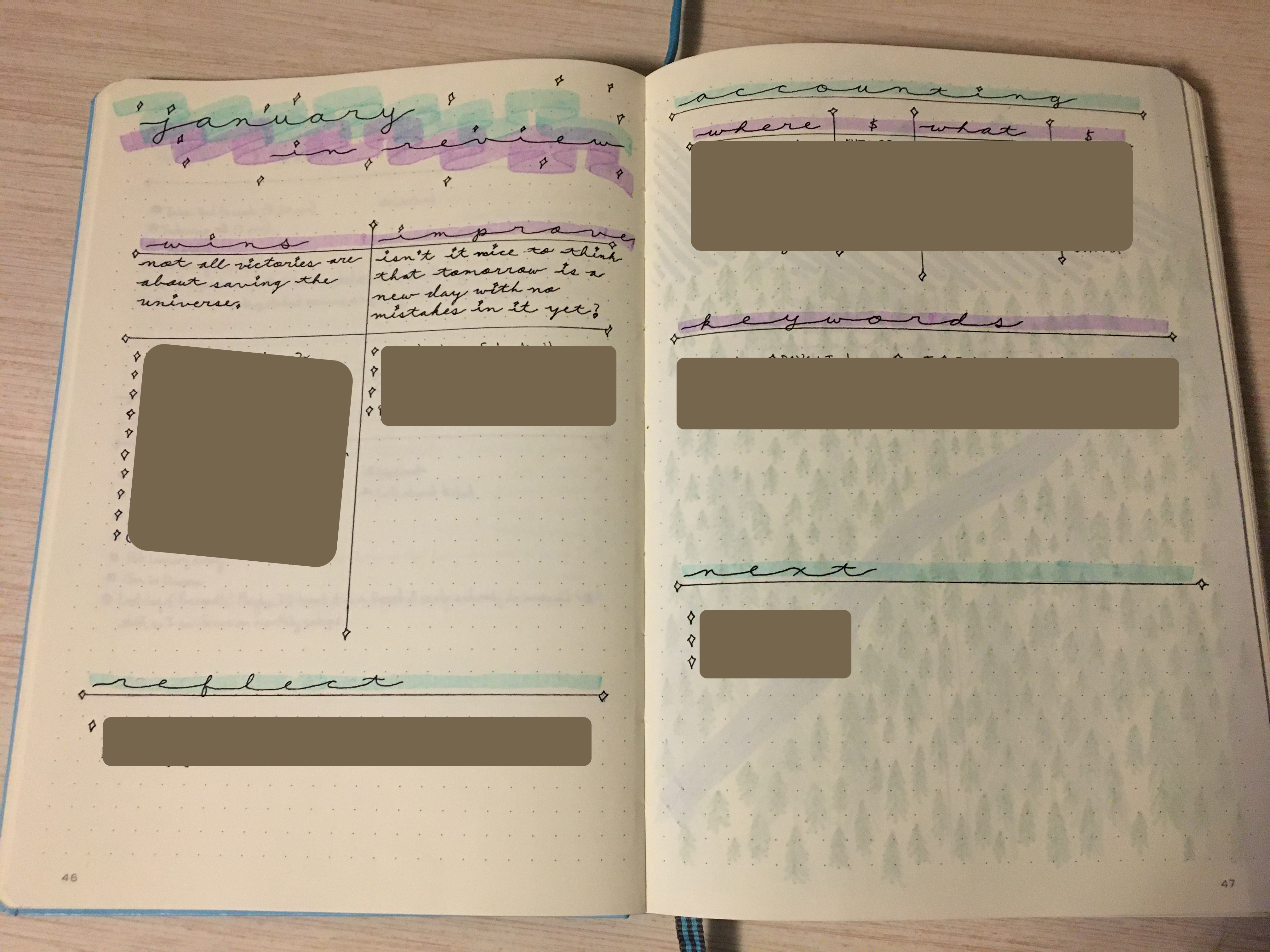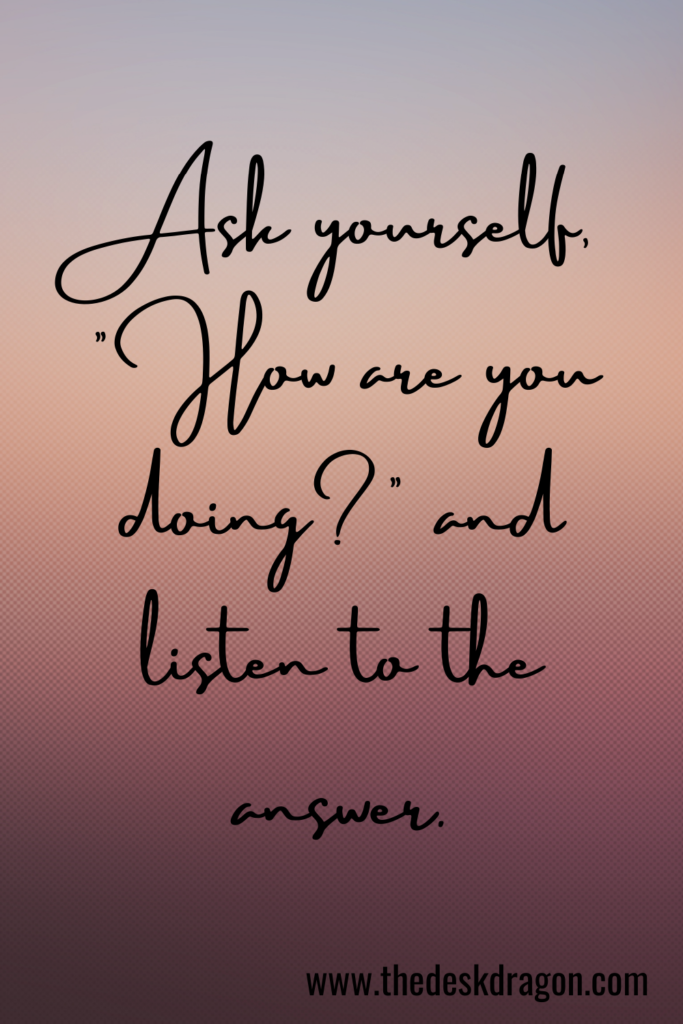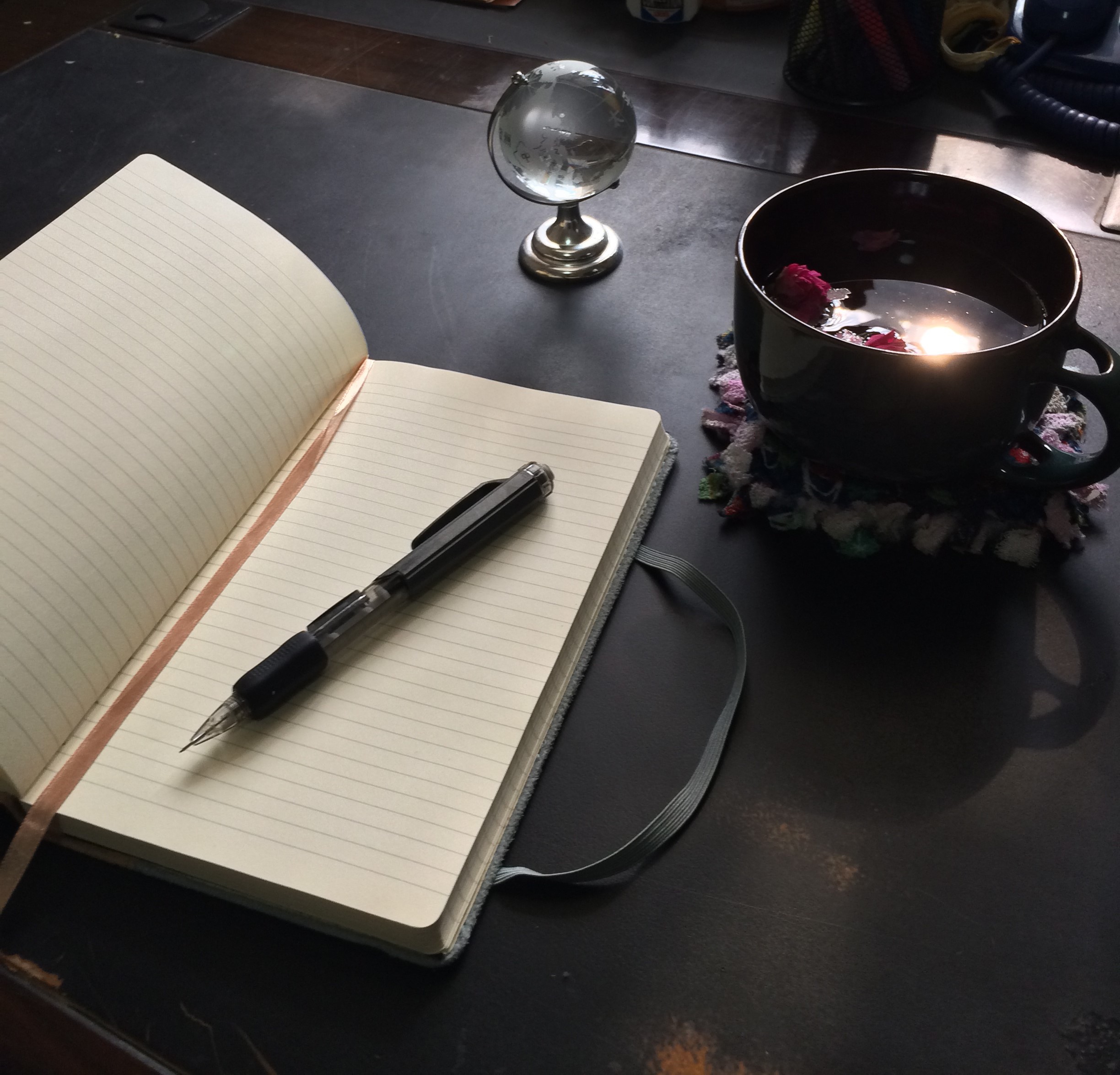The Practice of Resetting
These are uncertain times.
Of course, I could say that all times are uncertain to a point, but it’s true that now feels a little extra uncertain.
I’ve written before about facing uncertainty in my life and career, and about how I deal with that. But the main principle it boils down to is taking things one step at a time. And a large part of what that means is pausing at the end of each step to evaluate my progress and determine what comes next.
What does it mean to reset?
Resetting is that pause. It’s asking myself, “How are you doing?” and listening to the answer. And it’s deciding that maybe where I thought I was headed isn’t where I actually want or need to go in this moment. Or maybe it is, and I need to hold my course.
Either way, resetting allows me a greater sense of organization and control, even in the midst of questions and worry.

Daily Reset
My most basic form of resetting comes at the end of the day. I look over the tasks I had laid out for myself in my bullet journal that morning, mark them completed or not, jot down a few thoughts about the day, and remind myself of what I expect will come the next day.
This ritual not only allows me to keep track of what’s going on in my life, but it also tells my brain that it’s time to shut down and bring the day to a close. It’s the last thing I do before bed, so I know that sleep is next on the agenda. Then, the next morning, I am able to open back up my journal and take a fresh look at the day, more or less free from whatever was on my mind the night before.
Weekly Reset

My next reset comes at the end of the week. On Saturday afternoons, I like to set down and review the entire week’s events and progress. I also use this time to clear out clutter on my desktop, in my inboxes, and to take care of any notifications or tasks that I’ve been putting off.
In my journal, I answer four basic questions:
1. Overall, how do I feel about this week, and why?
This gives me an outlet to express any frustration or sadness, as well as a method to evaluate where those emotions are coming from. And sometimes I am even able to see that I have been drawing all of those negative feelings from a single day or a small fraction of the week, instead of focusing on the good things that happened during the majority of the time. In this way, I can both acknowledge and understand my emotions, and also put them into the greater perspective.
2. What were my wins?
This is where I can remind myself of everything, no matter how large or small, that went “right” or that I just feel good about. Almost always, this list is longer than I expected, and helps with the previous point of putting things into perspective.
3. What do I need to improve?
I try to frame the answers to this question as either “do more of ____” or “do less of ____.” Generally, these are not measurable goals, but simply reminders to myself of where I need to direct my focus in the coming week, or bad habits I need to pay more attention to fighting.
4. What am I putting off/neglecting?
In some ways, this list can be similar to #3, but the main difference is that these are actionable and measurable goals. This section is for tasks that I have been procrastinating or forgetting, and so for each I either decide to let it go or assign it a deadline.
These questions help me to clearly see both what I’ve done well and what I still need to work on. They help me avoid dwelling too much on the negatives (and being too hard on myself), and also remind me of the things I need to spend more time and energy on improving.
Monthly, Yearly, & Beyond

As I mentioned in my Bullet Journal post, I also do monthly and yearly reviews. These take more time and space, and I ask myself more than just four questions.
I try to change up the monthly review every six months or so, to ensure it is still meeting all my needs. Currently, I have the following sections:
- Wins & Improve: Similar to the weekly review questions. What went well, and what do I still need to work on?
- Reflect: A short section for me to jot down any significant lessons I’ve learned or thoughts that have been on my mind that month.
- Accounting: Here I check in on my finances and make sure I know how much money I’ve spent, saved, etc., and that my records are up to date and correct.
- Keywords: This is a fun little section where I write down words and phrases that have defined that month. These can be anything from music I’ve listened to a lot, to major events, to anything else that occupied my thoughts and time.
- Next: A list of things I’m looking forward to in the month ahead.
Similarly, I review each year at the end of December and record major events, accomplishments, lessons learned, and my hopes/goals for the coming year. Since this year began a new decade, I also took the time to look back over the past ten years, and to set goals for the kind of person I would like to be ten years from now.
As with any organizational system, it’s important to keep in mind that resetting is just that — a system. The goal is for this practice to help you focus on the day-to-day tasks, not for it to become the main focus itself.

Did you find any of these ideas useful? What systems or habits do you practice in order to evaluate your productivity and set goals? I’d love to hear from you.

